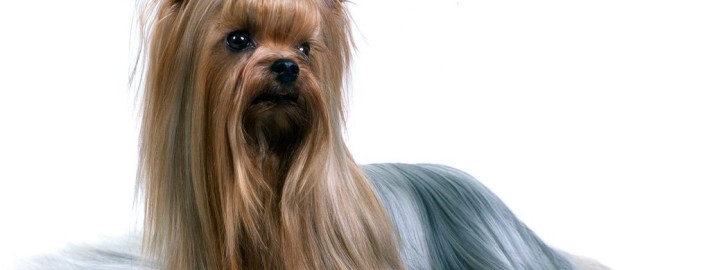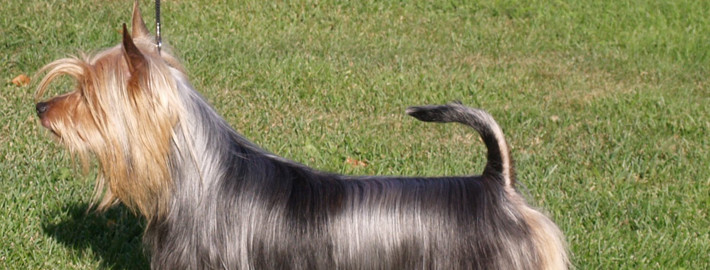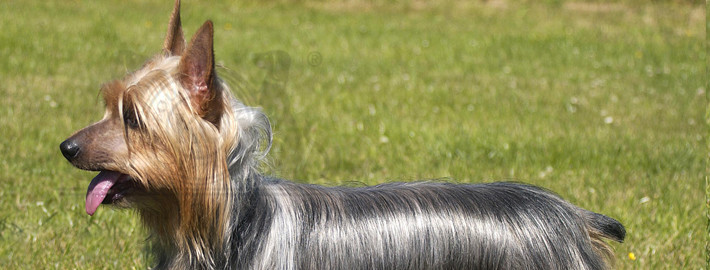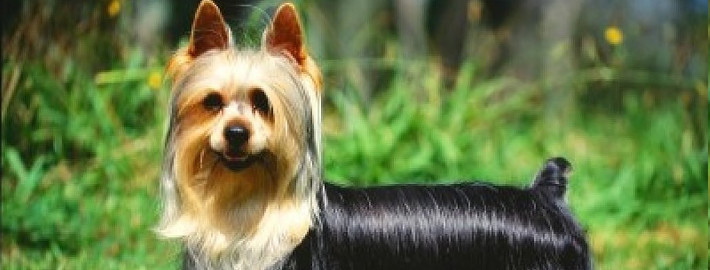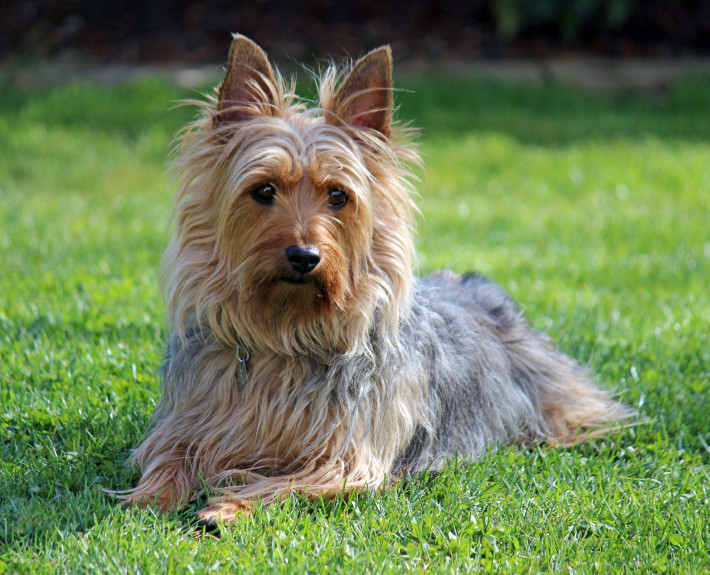What makes the Australian Silky Terrier Unique?
Originally known as the Sydney Terrier, this silky and lively little animal resembles the more popular Yorkshire terrier. Although it is not the same type of dog, this toy terrier nonetheless makes a great pet for families in both cities and rural areas.
Page Contents
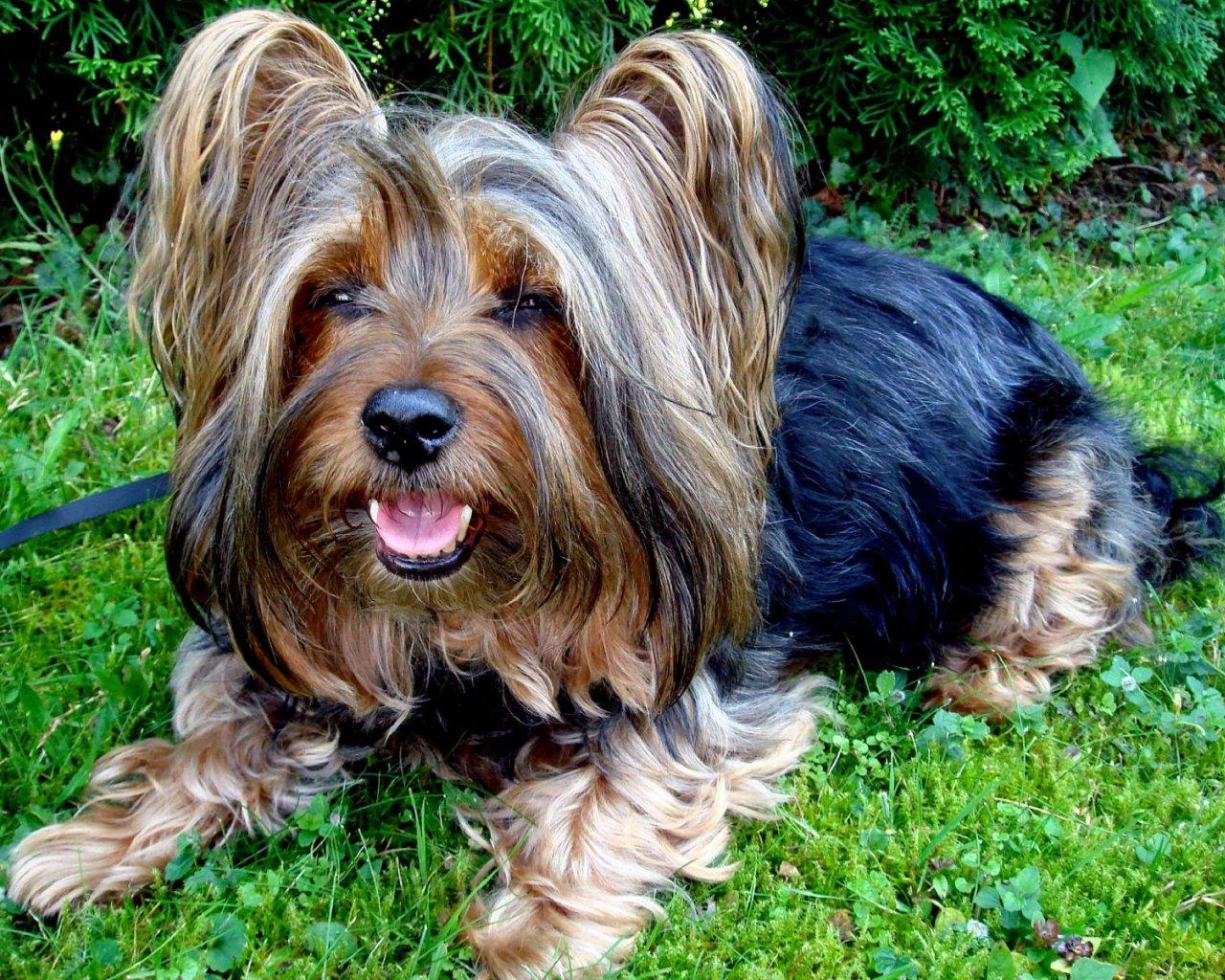
SnapShot
| Size: | Males – 23 to 25 cm (9 to 10 inches) Females – 20 to 23 cm (8 to 9 inches) |
| Weight: | Males – 4 to 5 kg (8 to 11 pounds) Females – 4 to 5 kg (8 to 11 pounds) |
| Origin: | Australia |
| Life Span: | 12 – 15 Years |
| Colour: | Silver & Tan, Blue & Tan, Silver Black & Tan, Grey & Tan, Black & Tan |
| Litter Size: | 3 to 5 puppies |
Is the Australian Silky Terrier Right For You?
This portable pooch can adapt well to any living situation, but make sure you have the time to devote to them – they do not like to be ignored, preferring to play fetch or go on walks with their family. Silkys are keen and energetic, so it’s best to keep them occupied. The breed must also be bathed and brushed on a regular basis.
If you are considering purchasing a Silky Terrier puppy, learn more.
*Toy Group; AKC recognized in 1959.
*Ranging in size from 9 to 10 inches tall at the shoulder and approximately 10 pounds.
*Vermin hunter.
In 5 Words
- Alert
- Inquisitive
- Quick
- Responsive
- Joyful
Characteristics
Learn About the Australian Silky Terrier
General Description
The Silky Terrier is a small, fine-boned, moderately low-set dog. It has a body that is slightly longer than it is tall, with a level topline. The dog has a wedge-shaped head that is flat between the ears and is also moderately long,. Their skulls are slightly longer than their muzzles. Australian Silky Terriers have a black nose and teeth that meet in a scissors bite. Their almond-shaped eyes are dark in color and have dark eye rims. These dogs have small but erect V-shaped ears that are set high on their heads. Straight front legs with cat like feet are another feature of this breed. Their high-set tails are typically docked. However, those seeking to own an Australian Silky Terrier should note that docking tails is illegal in most parts of Europe. This breed sometimes also have their dewclaws removed.
Size
This dog breed generally weighs between 8 and 10 pounds. They should measure between 9 and 10 inches (23 and 26 centimeters) high at the shoulders.
Coat
These dogs have a long, silky, single coat which measures between 5 and 6 inches (12 to 15 centimeters) in length and is parted down the center of their backs. Australian Silky Terriers also have a topknot that should be lighter in color than the tan or red points on their bodies. This breed is born black, but in adulthood the dogs have tan and either black, blue, silver, or grey coloration. Triple color coats include the silver, black and tan and the blue, silver and tan types. The American Kennel Club (AKC) standards state that a blue and tan color combination is preferred for the showring. In any case, this breed has a coat which is very prone to tangles and mats unless frequently groomed.
Short History of the Australian
Developed in the nineteenth century, the Australian Silky Terrier is one toy breed that is regarded as truly Australian. Early examples of this dog type were simply known as either rough or broken-coated terriers and were crosses between various larger British terrier breeds, some of which are no longer recognized. Throughout its history, the Australian Silky Terrier has been crossed with both the Dandie Dinmont and Skye Terriers. Later crosses with Yorkshire Terriers contributed to the silky coat and small size that exists today. Initially the breed was known as the ‘Sydney Silky’ due to the prominence of these dogs in that particular city. However, Victorian and Tasmanian breeders also laid claim as the originators of the breed. The official name, Australian Silky Terrier, was eventually adopted in 1955 in order to pacify all parties involved in the minor dispute.
Temperament
The Australian Silky Terrier is classified as a toy dog because of its size, but it is not an average lapdog. This breed has the cleverness and forceful character for which terriers are well-known. According to breed standards, this type of dog should be both quick and alert. Bred as a house dog, these dogs are just as much at home in the country protecting the homestead from snakes and rats with all the tenacity and zest of its terrier forebears. The Silky is a mixture of temperament traits, taking after the Australians who helped create it.
The Australian Silky Terrier is often friendly to all members of its human family but it may still attach itself to one person and prefer their company overall. These dogs will love children if raised with them, but do not enjoy being fussed over or being treated like an animated toy. Silky Terriers prefer to be treated as an equal by their human companions. As a result, this dog breed will get along best with older children.
They also get along well with other dogs, but cats or smaller animals may prove problematic. Silky Terriers will tolerate strangers, but no more than that. These pets will bark at intruders and, despite their size, these terriers make excellent watchdogs. Owners should aware that yapping can become a problem in this breed. Like all terriers, this breed loves to dig holes in the yard and may not be a good pet choice for those who are avid gardeners or place great value on having a pristine lawn.
Caring for Your Australian Silky Terrier
General Health
The average lifespan of the Silky Terrier is 12 to 15 years. Breed health concerns may include allergies, collapsing trachea; diabetes, elbow dysplasia, epilepsy, intervertebral disk disease, Legg-Calve-Perthes disease, malassezia dermatitis, short hair syndrome of Silky breeds, cataracts, cystine urolithiasis, refractory corneal ulceration and patellar luxation.
Grooming & Bathing
This particular breed should be taken to a groomer every three weeks to four weeks. These terriers should also have their teeth brushed while they are at the groomer’s because terriers are known to commonly suffer from both teeth and gum problems. Care should also be taken with grooming near the neck area and a harness leash should be used to protect the Silky Terrier from tracheal collapse.
Exercise & Training
Housetraining for this dog can be a bit difficult as Silky Terriers tend to be only moderately obedient. This breed has an especial tendency to become possessive of both their toys and food so enrolling Australian Silky Terriers in a puppy training class is an excellent idea. When giving commands to these dogs, owners should remain firm and consistent as terriers can be quite stubborn. These dogs should be kept leashed when not in a safely enclosed area, because they were bred to catch vermin and still will if given the opportunity. Silky Terriers also enjoy chasing after and retrieving balls, which is a much safer occupation for them than going after squirrels or birds.
Care
A short daily walk is recommended. The Silky Terrier’s coat is highly susceptible to tangles and matting. Therefore, these dogs require brushing and combing every day.
Weekly
To keep the dog’s coat looking its best, regular shampooing is necessary. Owners should use a cleanser specially formulated for itchy, dry skin as Australian Silky Terriers are prone to both conditions. Their nails should be trimmed as needed every one to two weeks. Owners should also check their dog’s eyes for debris regularly. If any is found, they should carefully wipe their dog’s eyes clean with a cotton ball that is imbued with a specially formulated eye cleanser.
Monthly
As with any breed, regular heartworm, flea, and tick prevention medications should be administered monthly. Australian Silky Terriers should also be bathed on a monthly basis.

